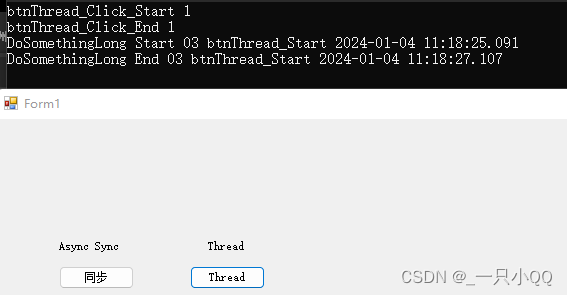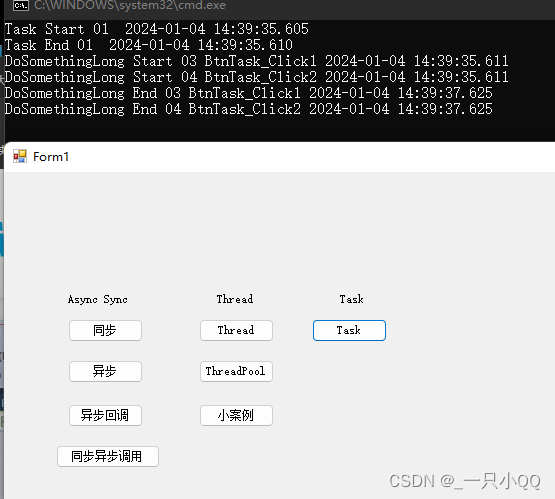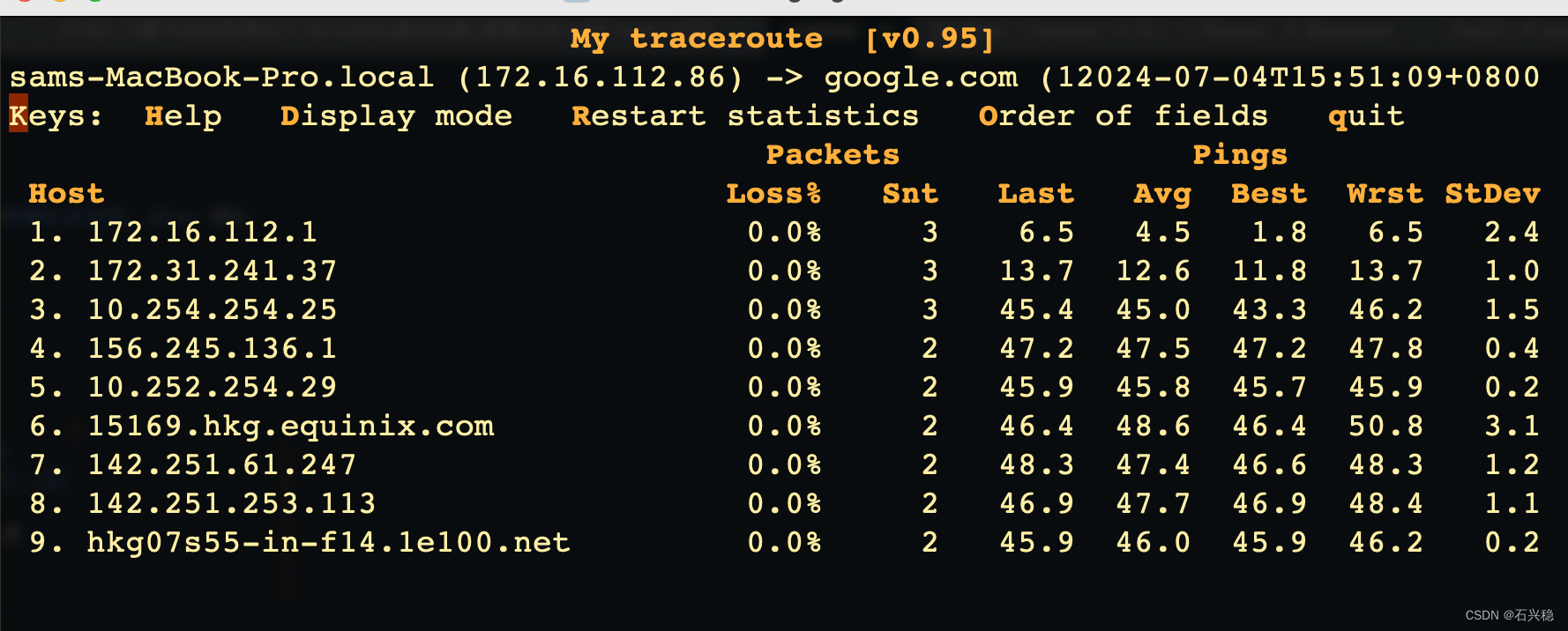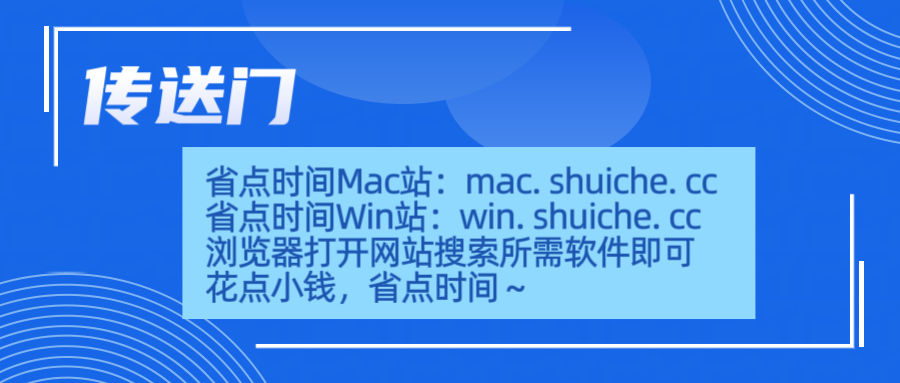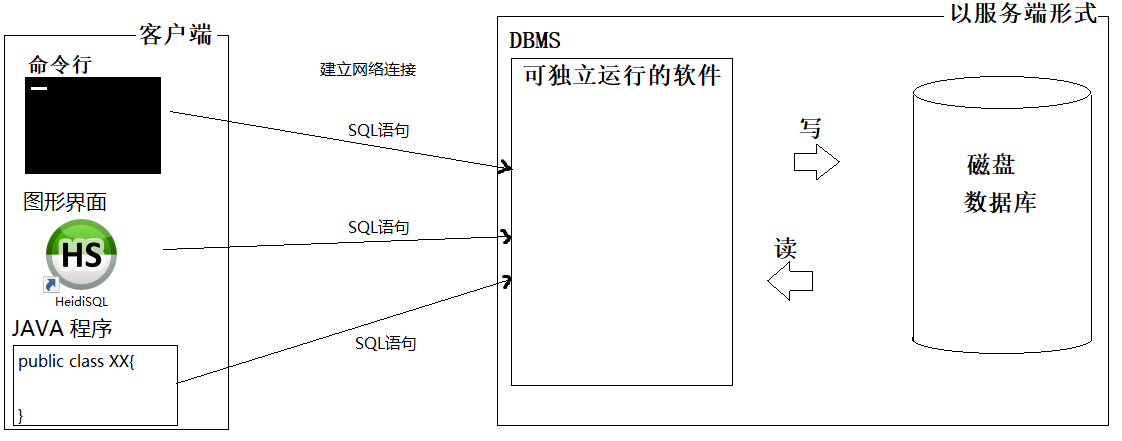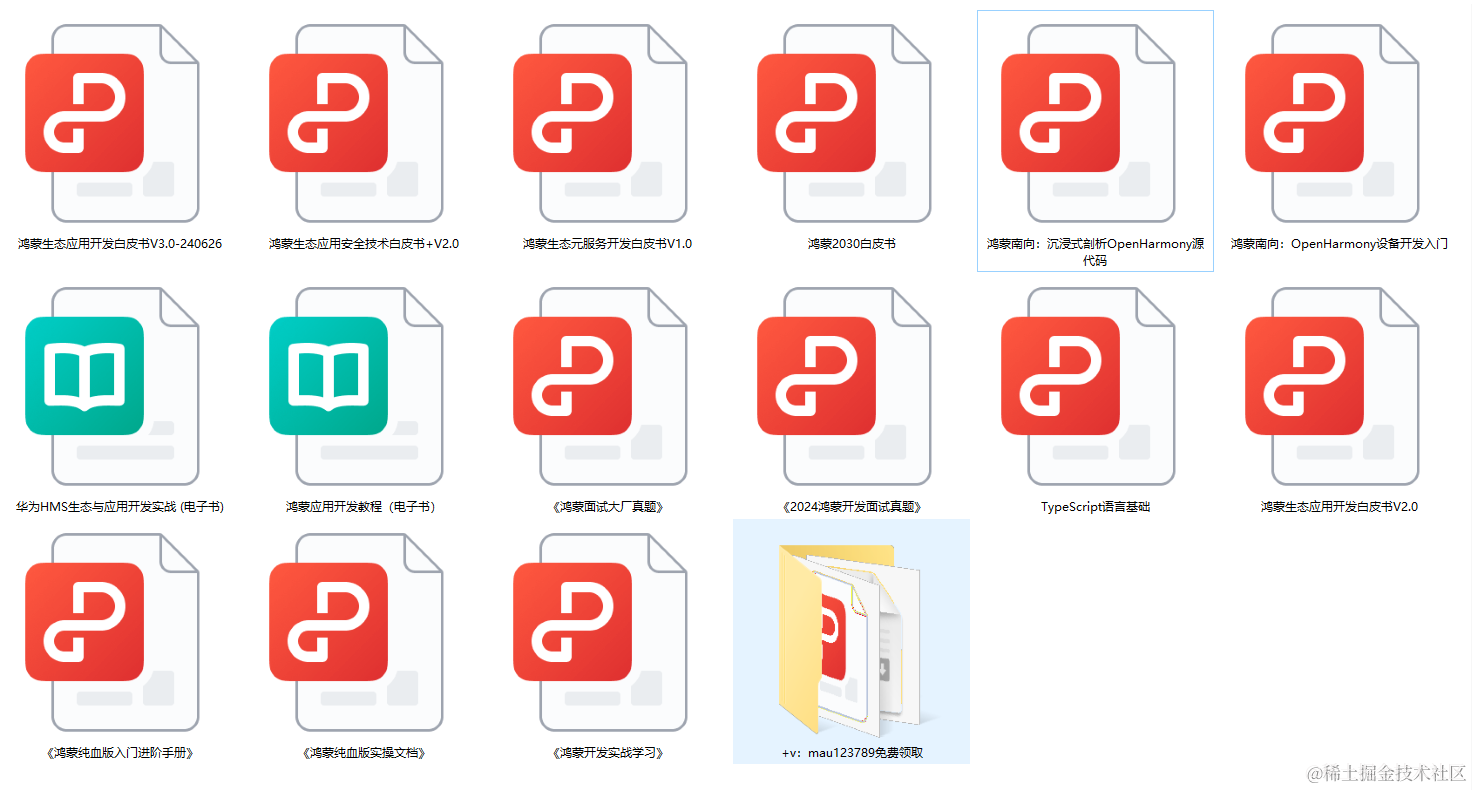创建线程(thread)
#include<iostream>
#include<thread>
using namespace std;
// 函数fun,接收一个整型参数并在无限循环中打印递增的值
void fun(int a) {
while(1) {
cout << ++a << "\n"; // 打印自增后的a
this_thread::sleep_for(chrono::microseconds(50)); // 线程休眠50微秒
}
}
int main() {
int a = 0; // 初始化变量a为0
thread t1(fun, a); // 创建线程t1,并启动,执行fun函数,传入a作为参数
cout << t1.get_id() << endl; // 获取并打印线程t1的ID
// t1.detach(); // 线程与主线程分离,独立运行
t1.join(); // 等待线程t1执行完毕后再继续执行主线程的后续代码
return 0; // 返回0,程序结束
}
互斥量(mutex),原子变量(atomic)
使用mutex互斥量
#include<iostream>
#include<thread>
#include<mutex>
using namespace std;
mutex mtx; // 定义互斥量
int gg = 0; // 全局变量 gg,作为共享资源
void fun() {
int t = 1000;
while (t--) {
mtx.lock(); // 上锁
++gg; // 修改共享资源
--gg; // 修改共享资源
mtx.unlock(); // 解锁
}
}
int main() {
thread t1(fun); // 创建线程 t1
thread t2(fun); // 创建线程 t2
t1.join(); // 等待线程 t1 结束
t2.join(); // 等待线程 t2 结束
cout << gg; // 输出共享资源 gg 的值
return 0;
}
多个锁的情况
#include <iostream>
#include <thread>
#include <mutex>
using namespace std;
mutex mtx1, mtx2; // 定义两个互斥量
int gg = 0;
void fun() {
int t = 1000;
while (t--) {
// 同时对两个互斥量上锁
lock(mtx1, mtx2);
++gg; // gg自增
--gg; // gg自减
mtx1.unlock(); // 解锁第一个互斥量
mtx2.unlock(); // 解锁第二个互斥量
}
}
int main() {
thread t1(fun); // 创建线程t1
thread t2(fun); // 创建线程t2
t1.join(); // 等待线程t1结束
t2.join(); // 等待线程t2结束
cout << gg; // 输出gg的值
return 0;
}
实际开发中不会直接使用互斥量,而是搭配模板lock_guard使用,或者搭配功能更多的模板unique_lock使用
#include <iostream>
#include <thread>
#include <mutex>
using namespace std;
int gg = 0;
mutex mtx1;
mutex mtx2;
void fun() {
int t = 1000;
while (t--) {
lock_guard<mutex> lock1(mtx1); // 使用lock_guard自动管理锁,作用域结束自动解锁
lock_guard<mutex> lock2(mtx2); // 同时锁定两个mutex,确保线程安全性
++gg;
--gg;
}
}
int main() {
thread t1(fun);
thread t2(fun);
t1.join();
t2.join();
cout << gg; // 输出最终的gg值,理论上应该为0,因为++gg和--gg成对出现
return 0;
}
使用原子变量
#include <iostream>
#include <thread>
#include <atomic>
using namespace std;
atomic<int> gg = 0; // 原子变量 gg
void fun() {
int t = 1000;
while (t--) {
++gg; // 原子操作:自增
--gg; // 原子操作:自减
}
}
int main() {
thread t1(fun); // 创建线程 t1 执行 fun 函数
thread t2(fun); // 创建线程 t2 执行 fun 函数
t1.join(); // 等待线程 t1 执行完毕
t2.join(); // 等待线程 t2 执行完毕
cout << gg; // 输出原子变量 gg 的最终值
return 0;
}
条件变量(condition_variable),信号量(semaphore)
#include <condition_variable>
#include <iostream>
#include <mutex>
#include <queue>
#include <thread>
using namespace std;
mutex mtx; // 互斥量,用于保护共享资源
queue<int> q; // 共享队列,生产者向其中推送数据,消费者从中取出数据
condition_variable cv; // 条件变量,用于线程之间的同步
void producer() {
int i = 0;
while (true) {
unique_lock<mutex> lock(mtx); // 加锁,保护共享资源
q.push(i); // 向队列中推送数据
cout << "push: " << i << endl; // 打印推送的数据
cv.notify_one(); // 唤醒一个等待的消费者线程
// cv.notify_all(); // 唤醒所有等待的消费者线程
if (i < 9999)
++i;
else
i = 0;
}
}
void consumer() {
int data = 0;
while (true) {
unique_lock<mutex> lock(mtx); // 加锁,保护共享资源
while (q.empty())
cv.wait(lock); // 等待直到队列非空,解锁互斥量并等待条件变量通知后重新加锁
data = q.front(); // 获取队列头部数据
q.pop(); // 弹出队列头部数据
cout << "pop: " << data << '\n';// 打印弹出的数据
}
}
int main() {
thread t1(producer); // 创建生产者线程
thread t2(consumer); // 创建消费者线程
t1.join(); // 等待生产者线程结束
t2.join(); // 等待消费者线程结束
return 0;
}
信号量(semaphore)只在C++20之后的标准有(了解)
#include <iostream>
#include <thread>
#include <semaphore> // 包含信号量的头文件
using namespace std;
counting_semaphore<3> csem(0); // 定义一个初始计数为0的计数信号量,最多允许3个线程同时访问
binary_semaphore bsem(0); // 定义一个初始计数为0的二进制信号量,相当于一次只允许一个线程访问
void task() {
cout << "线程开始等待信号量\n";
csem.acquire(); // 线程等待并获取计数信号量
cout << "线程获取到信号量,继续执行\n";
}
int main() {
thread t0(task); // 创建线程 t0 执行 task 函数
thread t1(task); // 创建线程 t1 执行 task 函数
thread t2(task); // 创建线程 t2 执行 task 函数
thread t3(task); // 创建线程 t3 执行 task 函数
thread t4(task); // 创建线程 t4 执行 task 函数
cout << "主线程释放信号量\n";
csem.release(2); // 主线程释放2个信号量,唤醒等待的线程,因为初始设置是0,也就是要唤醒两个线程
t0.join(); // 等待线程 t0 执行完毕
t1.join(); // 等待线程 t1 执行完毕
t2.join(); // 等待线程 t2 执行完毕
t3.join(); // 等待线程 t3 执行完毕
t4.join(); // 等待线程 t4 执行完毕
return 0;
}
promise future
#include <future>
#include <iostream>
#include <thread>
using namespace std;
// 定义一个任务函数,接受一个整数参数和一个promise引用
void task(int a, promise<int> &r)
{
// 将计算结果设置到promise中
r.set_value(a + a);
}
int main()
{
// 创建一个promise对象,用于在任务函数中设置值
promise<int> p;
// 从promise中获取future对象,用于获取任务函数的返回值
future<int> f = p.get_future();
// 创建一个线程,执行任务函数task,并传递参数1和promise对象p的引用
thread t(task, 1, ref(p));
/*
在此处可以进行其他操作
*/
// 输出future对象的值,注意:future的get方法只能调用一次
cout << f.get();
/*
如果需要多次访问future对象的值,可以使用shared_future
shared_future<int> s_f = f.share();
这样可以直接值传递,而不是引用传递
*/
// 等待线程执行完成
t.join();
return 0;
}
std::packaged_task std::async
async
#include <future>
#include <iostream>
using namespace std;
// 定义一个函数,计算两个整数的和
int task(int a, int b)
{
return a + b;
}
int main()
{
// 创建一个 future 对象,用 async 异步调用 task 函数,并传入参数 1 和 2
future<int> fu = async(task, 1, 2);
// 相当于 future<int> fu = async(launch::async|launch::deferred, task, 1, 2);
// launch::async 会启动一个新线程执行任务
// launch::deferred 会延迟调用任务,在需要获取结果时才调用
// launch::async|launch::deferred 根据具体情况自动选择
// 输出 future 对象的结果,使用 get() 函数获取异步任务的返回值
cout << fu.get();
return 0;
}
packaged_task
#include <future>
#include <iostream>
using namespace std;
// 定义一个任务,计算两个整数的和
int task(int a, int b)
{
return a + b;
}
int main()
{
// 创建一个打包任务,将函数 task 绑定到 packaged_task
packaged_task<int(int, int)> t(task);
// 执行任务,传入参数 1 和 2
t(1, 2);
// 获取任务的未来对象,并获取结果
cout << t.get_future().get();
return 0;
}
bind
#include <future>
#include <iostream>
using namespace std;
// 定义一个普通函数,返回两个整数的和
int task(int a, int b)
{
return a + b;
}
int main()
{
// 使用bind将函数task绑定到a,返回一个std::function对象
auto a = bind(task, 1, 2); // 返回的是std::function
// 调用a,计算绑定的函数结果
int ret = a();
cout << ret << endl;
// 使用packaged_task封装a,packaged_task是一个可调用对象的包装器
packaged_task<int()> t(a);
t(); // 执行packaged_task,实际调用绑定的函数task
// 获取packaged_task的future,等待任务完成并获取结果
cout << t.get_future().get(); // 输出任务的结果
return 0;
}
异步线程池
#include <vector>
#include <queue>
#include <memory>
#include <thread>
#include <mutex>
#include <condition_variable>
#include <future>
#include <functional>
#include <stdexcept>
#include <iostream>
// 建议使用支持C++14以上的编译器以支持所有特性
class ThreadPool {
public:
// 构造函数, 初始化大小
ThreadPool(size_t);
// typename std::result<F(Args...)> -> 编译期推断返回类型
// 可以使用auto代替,自动推断返回类型
template<class F, class... Args>
auto enqueue(F &&f, Args &&... args)
-> std::future<typename std::result_of<F(Args...)>::type>;
// 析构函数
~ThreadPool();
private:
// need to keep track of threads so we can join them
// 线程池的工作线程数
std::vector<std::thread> workers;
// the task queue
// 任务队列 函数应该被包装为void(void) 的task
std::queue<std::function<void()> > tasks;
// synchronization
// 同步工具
// 互斥锁和条件变量
// stop变量检测是否关闭线程池,可以使用atomic<bool>代替
std::mutex queue_mutex;
std::condition_variable condition;
bool stop;
};
// the constructor just launches some amount of workers
inline ThreadPool::ThreadPool(size_t threads)
: stop(false) {
// 创建threads个新线程塞进线程池
// 使用std::move 右值传递
for (size_t i = 0; i < threads; ++i)
workers.emplace_back( // 相当于 push_back(std::move(...))
[this] { // lambda函数,将class的成员变量以指针(引用)形式传递进去,*this则是以拷贝形式传递
for (;;) {
// worker函数不断轮询,竞争任务
// 创建一个任务包装,以存放将要完成的task
std::function<void()> task;
{
// 访问临界区需要上锁
std::unique_lock<std::mutex> lock(this->queue_mutex);
// 若队列不为空或者需要stop,则唤醒worker
this->condition.wait(lock,
[this] { return this->stop || !this->tasks.empty(); });
// 若有停止信号或者队列为空,则直接返回
if (this->stop && this->tasks.empty())
return;
// 获取任务,使用右值
task = std::move(this->tasks.front());
// 弹出在工作的任务
this->tasks.pop();
}
// 执行任务
task();
// 完成后继续从task队列中提取任务
}
}
);
}
// add new work item to the pool
template<class F, class... Args>
auto ThreadPool::enqueue(F &&f, Args &&... args)
// 下面的推断可以使用auto
-> std::future<typename std::result_of<F(Args...)>::type> {
// 使用萃取的方法获取返回值类型
using return_type = typename std::result_of<F(Args...)>::type;
// 将任务包装成异步函数指针,封装为shared_ptr 完后后自动回收,不造成内存泄漏
// 而且在后续的lambda函数中可以直接传递函数指针然后执行
// 使用packaged_task<>,函数绑定std::bind,和完美转发std::forward
// 包装需要执行的函数,然后在后台进行异步执行
auto task = std::make_shared<std::packaged_task<return_type()> >(
std::bind(std::forward<F>(f), std::forward<Args>(args)...));
// 绑定异步函数task的返回值到future res中
std::future<return_type> res = task->get_future();
{
// 在匿名作用域中使用unique_lock
// 减小锁的粒度,出了匿名作用区锁就被释放
std::unique_lock<std::mutex> lock(queue_mutex);
// don't allow enqueueing after stopping the pool
// 防止在停止后放入任务
if (stop)
throw std::runtime_error("enqueue on stopped ThreadPool");
// 将匿名函数包装到lambda函数void()中
// task是函数指针(即函数的地址),所以拷贝传递可以执行
tasks.emplace([task]() { (*task)(); });
}
// 唤醒一个worker
condition.notify_one();
return res;
}
// the destructor joins all threads
inline ThreadPool::~ThreadPool() {
{
// 此处使用atomic<bool>显得更加方便
std::unique_lock<std::mutex> lock(queue_mutex);
stop = true;
}
condition.notify_all();
// join后自动销毁回收
for (std::thread &worker: workers)
worker.join();
}
int main() {
ThreadPool pool(4);
std::vector<std::future<int> > results;
results.reserve(8);
for (int i = 0; i < 8; ++i) {
results.emplace_back(
pool.enqueue([i] {
std::cout << "hello " << i << std::endl;
std::this_thread::sleep_for(std::chrono::seconds(1));
std::cout << "world " << i << std::endl;
return i * i;
})
);
}
for (auto &&result: results)
std::cout << result.get() << ' ';
std::cout << std::endl;
return 0;
}


